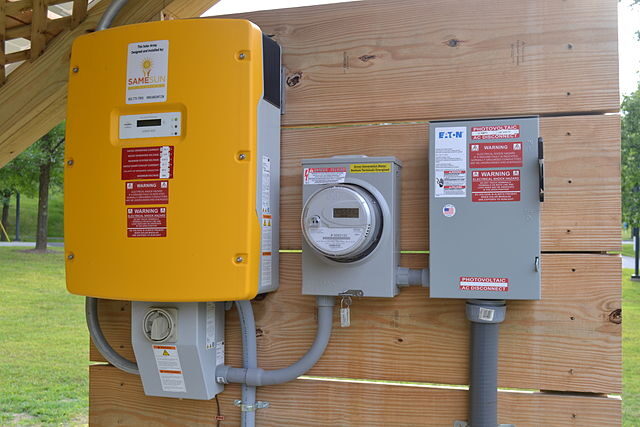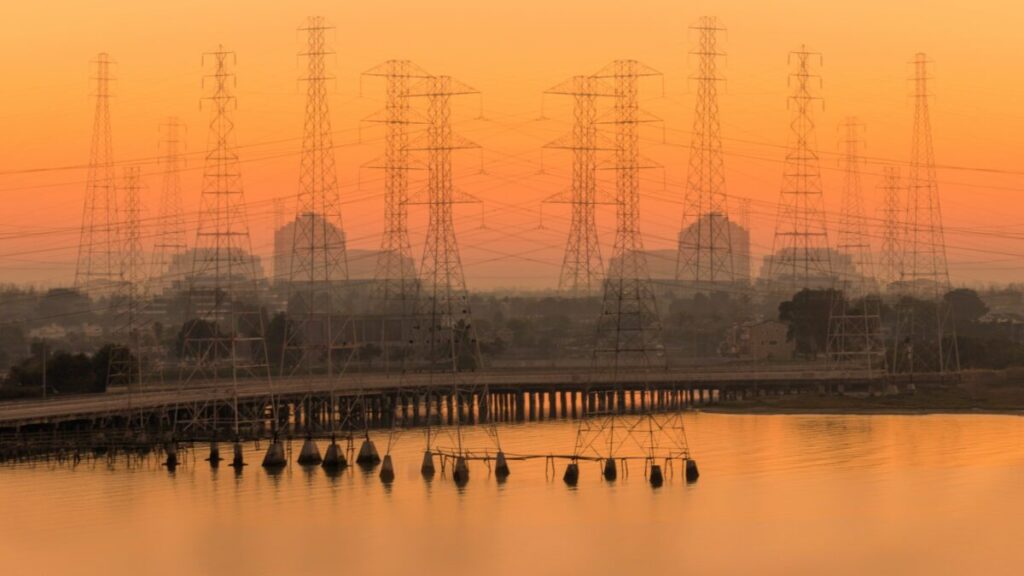In the latest monthly column for pv magazineIEA-PVPS provides a comprehensive overview of state-of-the-art practices, best practices and recommendations for managing reactive power amid the growing integration of distributed energy resources (DERs). The article describes the regulatory frameworks and practical applications, and underlines the essential role of reactive energy management in maintaining a stable and efficient electricity grid.
As the global energy landscape shifts to renewable energy sources, effective reactive energy management becomes critical to ensuring the stability and reliability of the electricity grid. The recent IEA PVPS Task 14 report, ‘Reactive Power Management with Distributed Energy Resources’, addresses state-of-the-art practices, best practices and recommendations for managing reactive power amid the growing integration of distributed energy resources (DERs). . This article provides a comprehensive overview of the report’s findings, regulatory frameworks and practical applications, and underlines the essential role of reactive energy management in maintaining a stable and efficient electricity grid.
The importance of reactive energy management
Reactive power management is essential for maintaining voltage control, ensuring high power quality and improving overall grid stability. It helps prevent problems such as harmonics, flicker, unbalanced loads and power oscillations, which can negatively impact power quality and the ability to transfer power effectively. With the increasing integration of DERs such as photovoltaic (PV) systems, these sources must take on greater responsibility for providing reactive power control. This improvement in power system stability is crucial for preventing problems such as load shedding and system collapse, ultimately increasing the safety and reliability of the power system.
Objectives and purpose of the report
The IEA PVPS Task 14 report aims to provide an executive summary of state-of-the-art practices, best practices and recommendations for reactive energy management. It examines regulatory frameworks in selected countries, highlighting diverse approaches to reactive power management. The report provides insights into the current state and future prospects of reactive energy management in the context of increasing DER integration and examines the effectiveness of various regulatory frameworks in supporting reactive energy management.
Regulatory Requirements and Practices
The report covers regulatory requirements in selected Task 14 countries and research and application examples from these countries. It provides an overview of reactive power regulations in different countries, with detailed grid codes and frameworks that shape the requirements for connected DERs to provide reactive power control. Task 14 examines in an exemplary manner how these regulations affect the operation of energy systems with the increasing integration of renewable energy sources. This article mentions Germany as an example of the legal requirements.
Example: German grid codes for DER reactive power supply
In Germany, current grid codes require DERs to provide adjustable reactive power during feed-in times. The guidelines ensure that DERs contribute effectively to the stability of the grid by providing the necessary reactive power. This capability allows distribution system operators (DSOs) to use DER for additional system services. Requirements vary depending on voltage level:
- Low voltage (LV): VDE-AR-N 4105 specifies that DER with a capacity of ≤4.6 kVA must provide reactive power with a minimum power factor of 0.95, while larger DER must provide a minimum power factor of 0.9.
- Medium voltage (MV): VDE-AR-N 4110 requires DER to keep the reactive power within a fixed range when the active power supply exceeds 20% of the installed power, ensuring stability at the point of common coupling (PCC).
- High voltage (HV): VDE-AR-N 4120 offers three options for reactive power supply based on the actual power supply and capacity of the generator. Each variant specifies different over- and under-excited power factors, allowing DSOs to select the most suitable option for their specific needs. DSOs can select one of the proposed options based on the specific circumstances at each generator’s PCC. Generators at high voltage and extra high voltage (EHV) level must be capable of delivering reactive power within one of the fixed reactive power ranges if their active power feed-in exceeds 20% of their total installed power.
A common feature is that there is minimal or no need for reactive power when supplying small active powers. The different requested capacities for reactive power are summarized in Figure 1.
Image: IEA-PVPS
Selected case studies
In Germany, the focus of the case study is on predicting the flexibility potential of reactive power of medium-voltage PV installations. The study evaluates different approaches for predicting PV energy and introduces a reliability indicator to assess the accuracy of reactive power flexibility predictions. This emphasizes the need for high reliability in forecasts to avoid overestimation and explores the use of a reactive power planning reserve to increase forecast reliability. This especially corresponds to times of low active power supply, as mentioned in the previous section, and highlights the importance of continuous grid code updates, as indicated in Task 14. Report on PV support services.
The Japanese approach involves evaluating voltage regulation performance under different scenarios, taking into account increasing PV penetration. The study, conducted by a consortium of TEPCO Power Grid and Waseda University, supported by NEDO, assessed voltage regulation under fixed power factor control. The findings led to a new grid code in 2023, which stipulates that power factor settings should be adaptable based on DSOs’ requests, highlighting the need for flexible control strategies.
The Austrian research focused on the effectiveness of future network-related measures in low-voltage grids. It evaluated different scenarios, including the impact of climate policies, regional technology rollout and different operational strategies related to PV, heat pumps and e-mobility. The study identified challenges such as the need for detailed analysis of Q(V) control contributions and the lack of large-scale grid simulation capabilities, which hinder a comprehensive understanding of the value of reactive energy management in distribution grids.
Key conclusions from the report
The main authors of the report emphasize three key points. First, there is a need for updated regulatory frameworks that reflect the evolving energy landscape and thus ensure the resilience and efficiency of energy systems. Second, the potential of DERs as a source of reactive energy services should be further explored, including better integration of solar forecasts. Third, cooperation between transmission system operators (TSOs) and DSOs is essential for effective reactive energy management, which could be improved with information and communications technology (ICT).
Conclusion of Task 14 and Future Directions
Task 14 has been completed after 14 years of successful research and development in the field of PV integration and reactive energy management. Throughout the three phases, Task 14 has made significant progress in addressing technical challenges, developing standards and promoting best practices for high penetration of PV systems into electricity grids. As Task 14 ends, its legacy continues to influence grid management and renewable energy integration strategies.
Looking ahead, Task 19 will launch in 2025 as a follow-up to Task 14, building on its achievements and continuing the mission to improve grid stability and efficiency with greater integration of renewable energy. Task 19 will focus on managing networks with 100% renewable energy sources, integrating solar PV with wind energy and defining the role of solar PV in the smart grid.
Here you will find more information about IEA PVPS Task 14 and all their publications here.
The views and opinions expressed in this article are those of the author and do not necessarily reflect those of the author pv magazine.
This content is copyrighted and may not be reused. If you would like to collaborate with us and reuse some of our content, please contact: editors@pv-magazine.com.
Popular content


